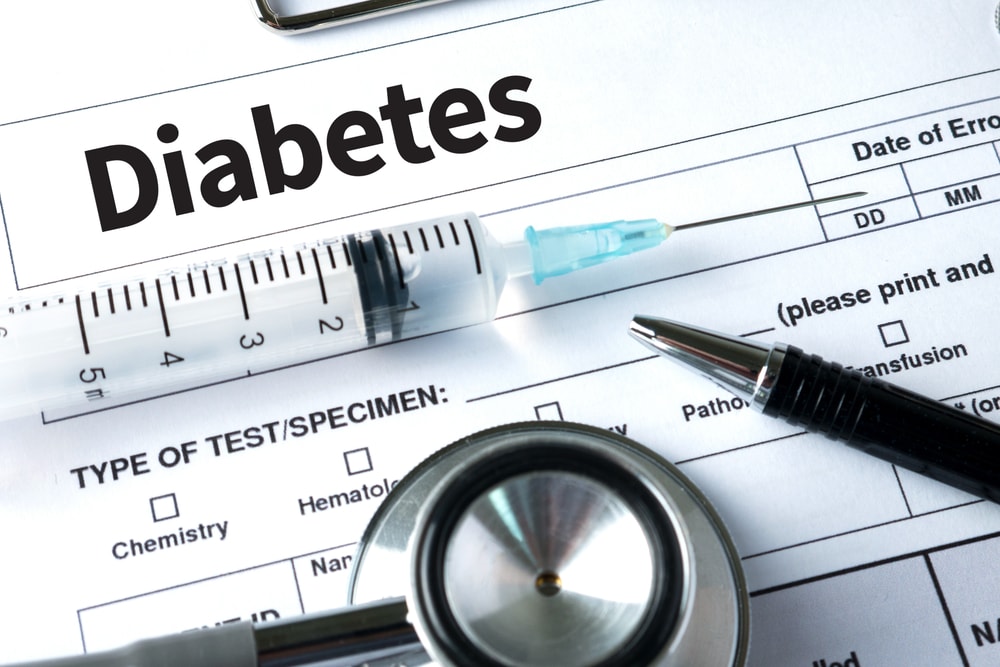Learn more about the four types of diabetes insipidus
You may be familiar with Type 1 and 2 diabetes, but have you ever heard of diabetes insipidus? If not, it may seem related to Type 1 and 2 Diabetes but in actuality it is unrelated. In fact, when someone is diagnosed with diabetes insipidus – which is a rare disorder – it actually means that person has an imbalance of water within his or her body. The disorder is directly connected to an antidiuretic hormone within the human body called arginine vasopressin. This antidiuretic hormone helps control the water balance and urine output in the human body, but in the case of diabetes insipidus, the person will feel extreme thirst and put out large quantities of urine daily.
If you are concerned you may have diabetes insipidus, you may be wondering what is considered normal urine output for a health adult? Typically, a healthy individual will urinate 3 quarts or less per day. In the case of diabetes insipidus, a person can urinate up to 16 quarts per day! While there is no cure for the condition, treatments are available and are tailored to the type of diabetes insipidus that has been diagnosed.
If you or someone you love have been diagnosed with diabetes insipidus, it is important that you follow your treatment plan and see your doctor regularly. Diabetes can lead to chronic kidney damage and disease, and it is also the most common reason behind kidney failure.
Currently, there are four types of diabetes insipidus that are recognized. These include:
- Central diabetes insipidus
- Nephrogenic diabetes insipidus
- Dipsogenic diabetes insipidus and
- Gestational diabetes insipidus
Let’s explore each of these a bit further:
- Central diabetes insipidus is the most commonly diagnosed form of D I. This diagnosis usually stems from the pituitary gland being damaged, causing the normal release of antidiuretic hormone to be imbalanced. To treat this, a synthetic hormone is typically prescribed that will help prevent excess water elimination.
- In nephrogenic diabetes insipidus, a person’s kidneys cannot respond to the antidiuretic hormone for some reason. This can happen because of a genetic disorder, a chronic illness, or as a reaction to certain drugs, like lithium. In this type of D I, a person is typically treated with a combination of medications.
- In dispogenic diabetes insipidus, there is a flaw in one’s thirst mechanism located with the hypothalamus. Because of this defect, the person will have extreme thirst and an increase in their urine output. Currently there is no treatment for dipsogenic diabetes insipidus.
- In gestational diabetes insipidus, an enzyme made by the pregnant mother’s placenta terminates the antidiuretic hormone. This is typically treated with medication such as desmopressin.
Diagnosis of any of these conditions is made through a physician running tests, completing a urinalysis on a patient, and typically doing a fluid deprivation exam. An MRI of the brain may also be ordered.
Resources:
http://www.mayoclinic.org/diseases-conditions/diabetes-insipidus/home/ovc-20182403
